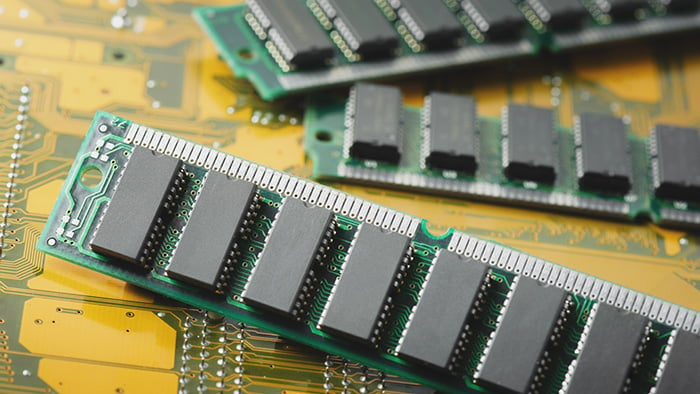RAM Advancements - From SDR to DDR4
Since the development of separate PCs in modern Smartphones, memory standards have always been a factor in determining the performance of the entire system. Over time, it has gone through endless updates from SDR, or Single Data Rate RAM available on older computers of the past, to the latest DDR or Double Data Rate.
From the earliest days, one of the most important factors affecting the performance of the app was the inability of the memory speed to match the processor speed. The introduction of the dual data rate was a change, as this shows the performance of the memory bus in line with the processor speed. This has resulted in better performance of the system.
Switching to SRAM and DDR has gone through ongoing updates to meet the demand for modern innovations at a faster pace. Starting with the 200 MHz DDR SRAM in early 2001, up to the 400 MHz DDR2 in 2002, was the start of an exciting journey. At the end of 2007, DDR2 was able to meet memory speeds of up to 1,066MHz. 2009 saw the best rates with the introduction of DDR3.
Today the latest interest in the DDR4 series has taken the market with the best performance and robust control features. In addition to performance and speed, it incorporates an advanced power economy for business applications, tablets, microserver, and ultrathin.
This novel solution has many proven benefits over its predecessors. This is one of the main reasons most applications release a previous version to update it with DDR4. It comes with a data rate of 2 GB to 16 GB enabling large subsystems. Compared to the 16 GB size per DDR3 DIMM, the DDR4 standard allows for DIMMs of capacity, up to 64 GB.
There are many types of DDR4 sockets and modules available in the market. Standing Ultra Low Profile (ULP) sockets deliver the right solution for very small applications. This helps with easy memory expansion on desktop PCs, servers, workstations, applications installed in communications, and industrial equipment. The reduced profile helps to reduce board space. These have low-power contacts that reduce power consumption within the hardware. In addition to providing many such tools, sockets are compatible with a standard DIMM module to help improve airflow.
While DDR4 opens up a major path that lays the foundation for new technological operations, it will not stop there, for now. Technology is also slipping away from their advancement. The next DDR5 industry standard that provides better speed and performance is now designed for use in graphics cards, game consoles, and high-performance calculations.



No comments